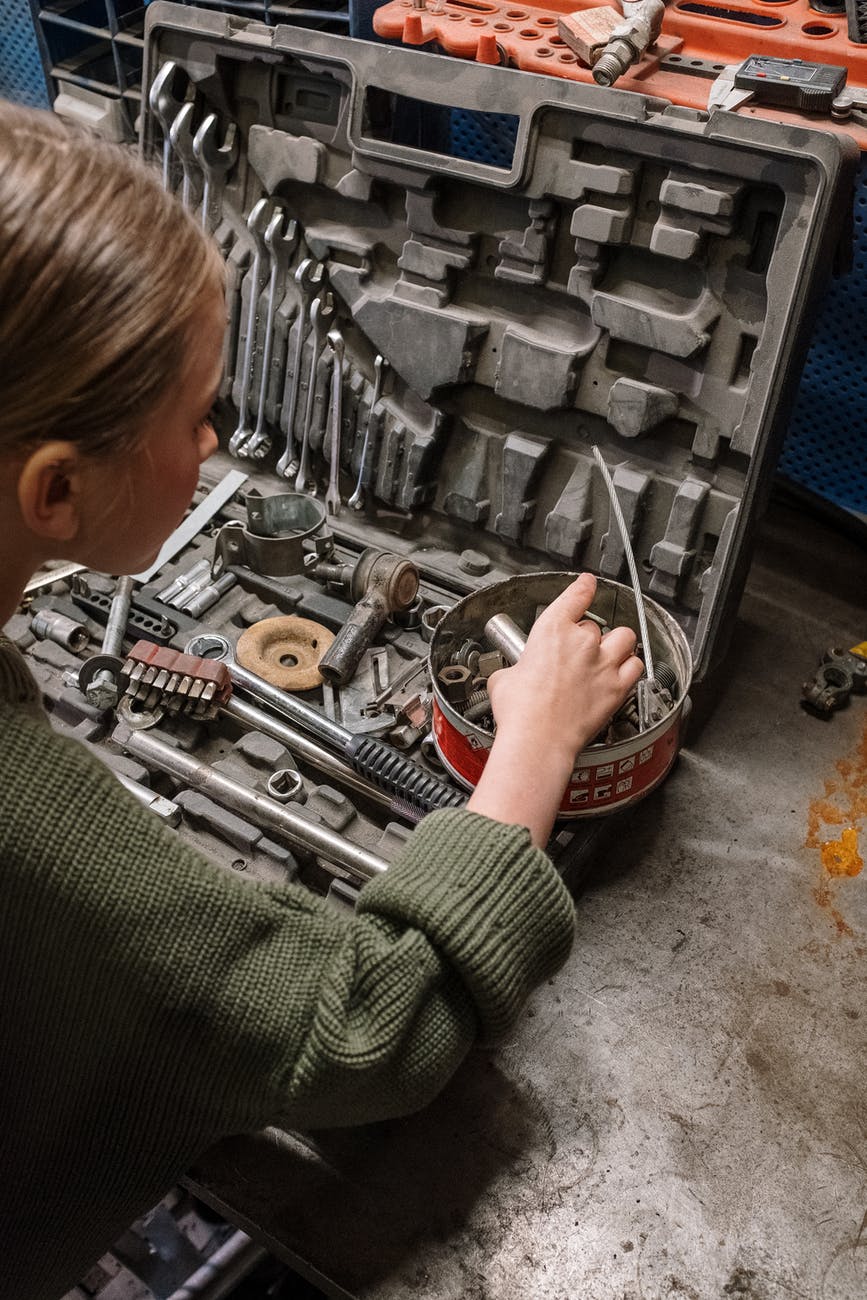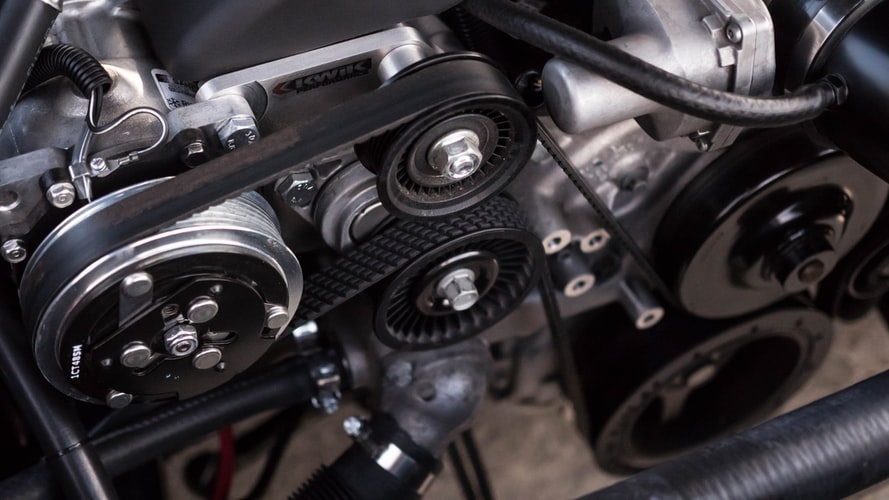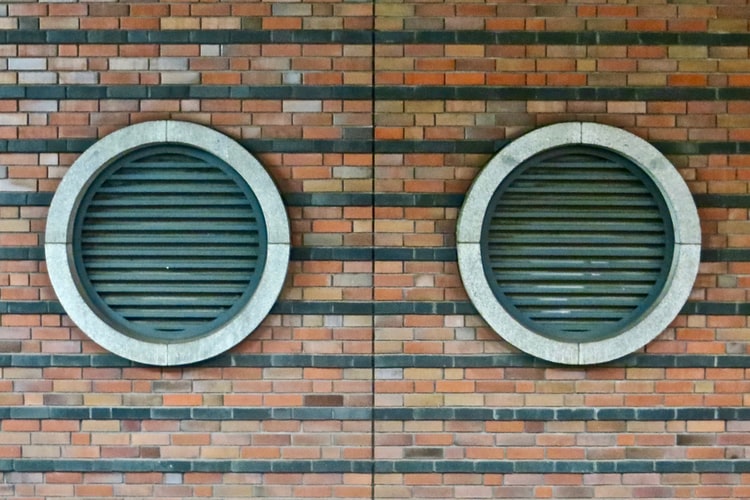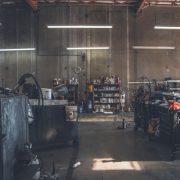As a mechanic, you might be used to the dangers that come from bruises due to mishandling your tools and slipping on motor oil.
These are some of the well-known dangers that auto mechanics have to stay vigilant against. However, you have a couple different dangers that you may have never thought to guard yourself against. For example, some of the replacement car parts will sometimes even contain asbestos. They have become a popular choice for use in vehicles because of the substance’s resistance to heat.
What Parts Commonly Contain It?
Some of the most common vehicle parts that will often contain these contaminants include clutches, brakes and heat seals. This resists the heat-building of the components, but one of the problems is how the dust will often get onto the clothing of the mechanics. This can become a dangerous situation because the mechanic goes home and brings the contaminants into the home of the family.

Another thing that has only added to the problems that auto mechanics face is how repair shops have developed an infamous reputation for being poorly ventilated. With the poor levels of airflow, this especially becomes dangerous because the mechanic will often be breathing in the dust.
These contaminants are common in brakes, and in fact, it’s estimated that between 30 to 80 percent of brakes will contain this substance in them. The biggest problem isn’t necessarily that these vehicles contain the components with contaminants. The problems come in when the components get old and start to break down.

As a result, the contaminants get released into the air. What’s interesting about the use of asbestos-related products is that while it has been banned for fireproofing and insulation purposes, it has never fully stopped from being used in the brake lining. It’s common to find it in these products.

In fact, Ford even still uses this. Their Crown Victoria model makes use out of the asbestos-related products as a way to get rid of the noise problems that were common with this model. It has also been popular in some of the more luxurious models like the Land Rover have used it in their brake linings.
Some of the other products that might have these contaminants include:
-
Clutches
-
Brakes
-
Hoodliners
-
Valve rings
-
Gasket materials
Dangerous Exposure on the Job
Mechanics face another unique set of dangers with this job. In fact, the Seattle-Post Intelligencer conducted a study on the exposure of these contaminants. What they learned was how one out of every 10 mechanics will be exposed to this type of work. In fact, an estimated 900,000 are believed to be exposed to these types of asbestos-based products from the clutch and brake work. Another thing that the article uncovered was how some of the dust in the repair shops could be dangerous. When they tested the dust, what they found was how it contained anywhere from 2.26 percent to 63 percent in asbestos-related fibers. That’s especially a lot of exposure when you look at how many of these repair shops are poorly ventilated. When a mechanic uses a vacuum, it can further exacerbate the issue by spreading it around.
How to Handle Exposure to the Contaminants
Unfortunately, these fibers are exceptionally microscopic, which can pose a problem if you try to vacuum it up or spray it out with the air compressor. In fact, either of these methods will spread it around and cause more problems. These contaminants are known to linger, and they can spread as far as 75 feet away from the shop. What can you do to stop this from becoming a serious issue?

To combat the problems of working with this material, OSHA recommends that you use a vacuum pressure system if you do more than five brake and clutch changes per week. The special vacuum fits over the clutch box and absorbs much of the fibers.
Another method that you might use that is simpler is to take advantage of a low-pressure wet cleaning system. Basically, you make the brakes or the clutch wet so that when you go to replace it, you keep much of the fibers from spreading through the air. You keep it at a minimal this way.
Auto mechanics have filed lawsuits against these issues from time to time. In fact, in 2005, the United Auto Workers came together to put together a $140 billion compensation fund for those exposed to these contaminants and who get cancer as a result.

If the insurance companies and the companies facing lawsuits were to contribute to this, the victims would no longer be able to sue. The highest monetary award for this would then be $1.1 million reserved for those who have developed mesothelioma.
